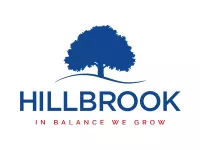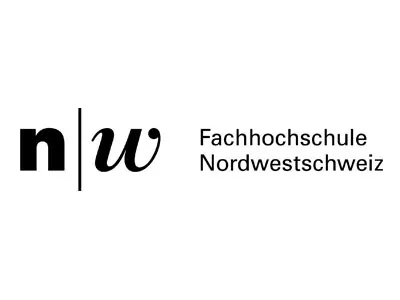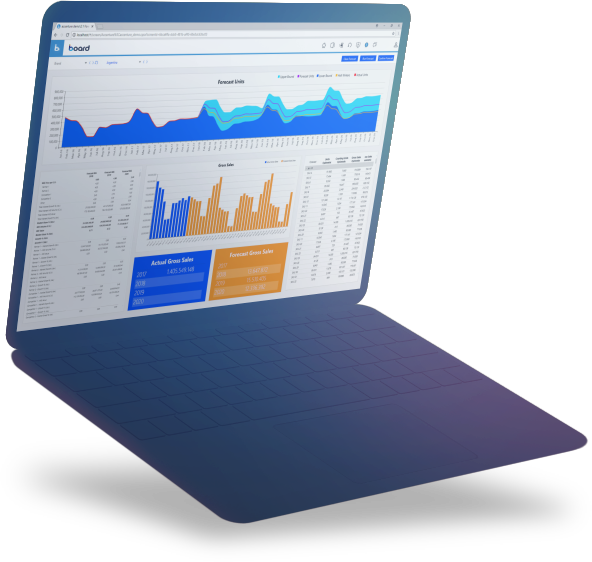
Hillbrook Anglican School
Anglican secondary school takes a disciplined approach to planning with Board

- Industry: Government & Education
- Department: All
“Ultimately, the school is all about providing good teaching and learning. We don't want the financials to dictate anything particularly but the information does help us to find balance in budgeting. And that certainly makes it worthwhile. It is always useful to have a better understanding of financial dynamics and Board has helped the School achieve this improved level of knowledge.”
The Company
Hillbrook is a co-educational Anglican secondary school with an innovative and refreshing approach to education. Established almost thirty years ago, the school provides an academic education that empowers students to go on to live confident, capable, sensitive and creative lives in the global community; through its motto, In Balance We Grow.
There are 720 students, taught by 70 teachers, who in turn are supported by 30 administrative staff. Places at Hillbrook are highly sought after with many parents enrolling their children at birth and most before commencing Prep. As a result of the school currently has enrolments stretching out to 2028.
The Challenge
Understanding the business of education
Two years ago, Hillbrook Business Manager, David Briggs and Finance Manager, Bronwyn Wearne, identified an opportunity to build a better understanding of the school's business and its community.
They decided to introduce a professional analytics and business intelligence platform that would allow Hillbrook's management and School Board to look more deeply into school operations to learn more about costs, profitability, enrolments and other crucial aspects of school management. The insights would be used to help build Hillbrook's roadmap for the future, understand the financial impact of these decisions, and identify and mitigate risks along the way.
The Solution
A business-class toll that’s easy to use
The pair selected Board, one of the world's leading business intelligence toolsets, as the basis for Hillbrook's new analytic capabilities.
“The selection of Board was a happy accident,” Briggs notes. “Bronwyn and I had been to a budget workshop at the Institute of Chartered Accountants where a Board Partner did a presentation of Board, and the software and its applications looked good.”
After reviewing product research from firms such as Gartner, it was clear Board was highly rated among those in the know, so Briggs contacted the partner to learn more.
“We didn't have any specific requirements in mind other than usability,” Briggs adds. “We wanted something that in time, we would be able to develop ourselves. Board seemed to offer that.”
The Benefits
The first project identified by Briggs and Wearne was “Contribution to Surplus”. This involved analysing costs and ‘surplus contribution’ of each school subject area and each year level. Briggs explains,
“While some of this information comes down to the number of students in a class and the frequency of the class, there are other factors involved. Our intention was to understand where the surplus components come from.”
Wearne worked closely with the Board Partners consultants as the Contribution to Surplus model was developed in Board. “The Partner helped assess the project and developed the scope. There was some to-and-fro with the developer, then the developer came in for a week and after that, it was finished,” she says.
It was a painless and trouble-free development that took just a couple of months from beginning to end. “The project has brought our understanding of the contribution to surplus to a new level,” Briggs asserts. Knowledge about surplus breakdown is helping to provide a better context for budget processes.
“Ultimately, the school is all about providing good teaching and learning. We don't want the financials to dictate anything particularly but the information does help us to find balance in budgeting. And that certainly makes it worthwhile. It is always useful to have a better understanding of financial dynamics and Board has helped the School achieve this improved level of knowledge”.
Turning to enrolments
With the first project completed, Briggs and Wearne turned their attention to the school's enrolment data. Despite the current favourable pipeline of enrolments, the two were determined not to take future demand for granted. Therefore, they wanted to analyse current enrolments, demographic information, sibling enrolments, enrolment lapsed time data, and more.
“Schools are pretty dynamic businesses and one of the risks for independent schools is a complacency about enrolments,” Briggs states. “It's important to ensure future prosperity by understanding enrolment patterns. For example, the 720 students enrolled at Hillbrook right now, live in about 70 different suburbs, so they are pretty widespread. That's a positive thing in one way, because if there is any major shift in demographics for one particular area, some risks are mitigated. But we still need to know where future enrolments might come from and to identify as best we can, when and why parents are enrolling”
“We have thousands and thousands of records and pieces of information about our enrolments. But until we assemble those records in some cognitive designed way, we can't really see a story. And what we wanted was to look for stories that help describe the data in different ways. It was a bit of a fishing expedition for us,” he continues.
Once again, working with the Partner, a Board model was designed to draw on critical data sets contained in the school's TASS software system. The team spent time working out how best to bring together disparate types of data and to present the outcomes for useful analysis.
“Work on the enrolment model was carried out in among our normal operations. We started on it in late 2014 and finished early this year,” Wearne states. “We've been using it for enrolments for about three months and find it acts as an add-on to help us quickly review a lot of data in different reports that are not available from our main software system.”
It helps to have a guiding hand
Wearne and Briggs now have one final Board project to complete. In the coming months, they plan to create a budgeting module that will simplify budget preparation and reporting, making the process more efficient.
Throughout the project, the Partner will continue the program of knowledge transfer that is enabling Hillbrook staff to take more and more control over their Business Intelligence platform.
“The ability to bring the system along ourselves has always been important,” Wearne admits. “The more we use it, the more ideas we have about what we'd like it to do.”
Intelligent Planning as a competitive tool
Briggs adds, “The business of schools has become very competitive, and risk mitigation and administration are becoming a lot more sophisticated. When we decided to invest in an analytical tool, it wasn't because anything was wrong but because we realised we had a whole lot of information available that we needed to better understand. With the help of the Partner and Board, we are just starting to sit down and analyse it all now.”
I think it's fair to say that the Partner are a pretty intuitive bunch. It wasn't really definite in our own minds where we were heading with this analytic capability. We had a rough idea, but they worked it out with us pretty quickly. They definitely helped shape the design for us and have responded well to our needs,” he concludes.




